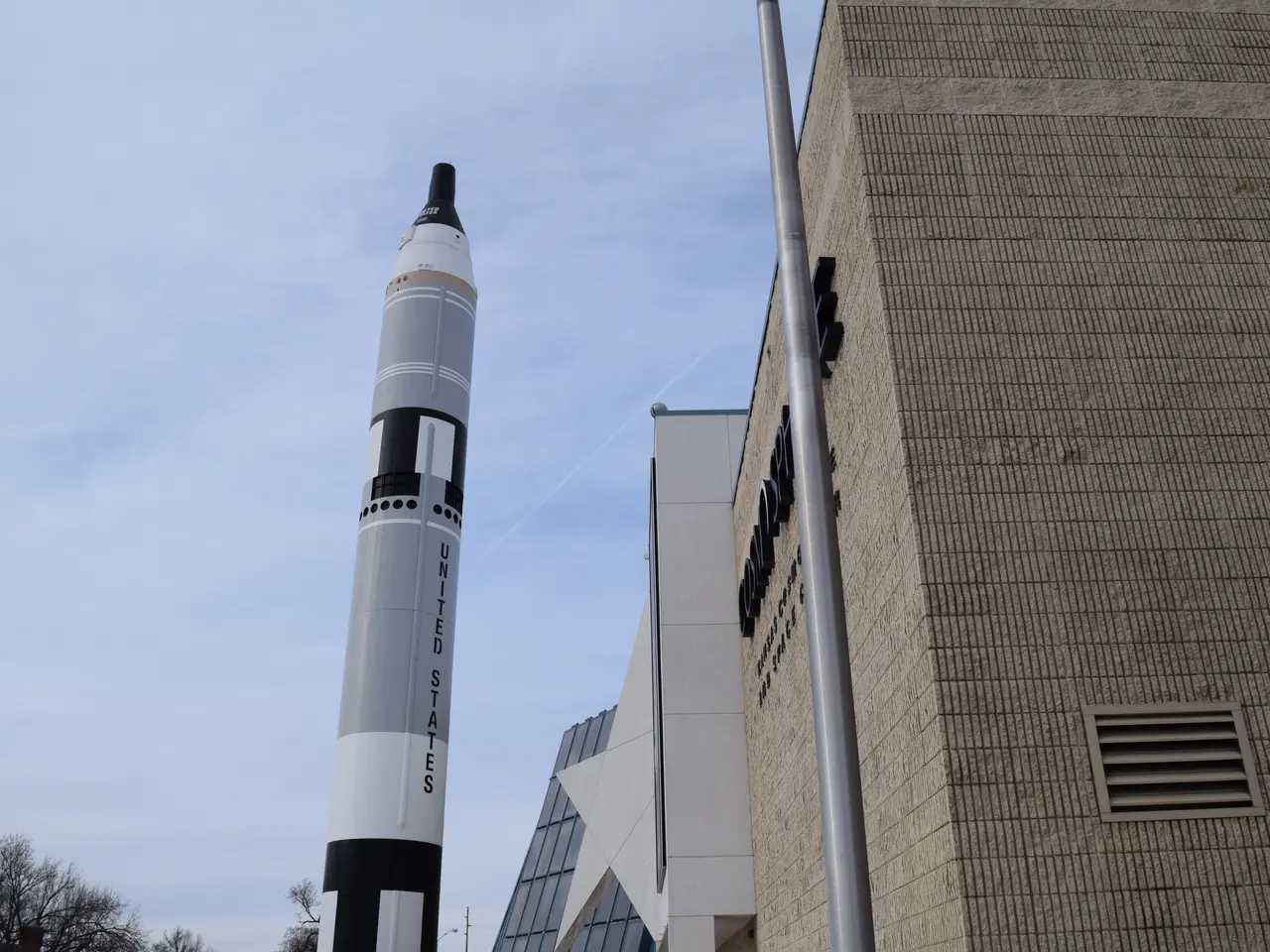Space Force Abandons significant Satellite Communications Contest
In a significant shift, the U.S. Space Force has announced the cancellation of the planned $2 billion Protected Tactical SATCOM-Resilient (PTS-R) program, and instead, is adopting a new acquisition strategy aimed at delivering full PTS-R capability in the future.
The PTS-P program, which was previously in the process of winding down, will now focus on operationalizing the current PTS-Prototype satellite capabilities as quickly as possible. This shift in strategic focus reflects a broader emphasis on accelerating the deployment of new technology and incremental improvements.
The new approach for the PTS-R program involves making incremental improvements to existing prototypes and utilizing modular, faster-to-deploy systems using protected tactical waveforms. The Space Force's fiscal 2026 budget request includes $273 million for PTS-R, with plans to award a contract and conduct work ahead of a planned launch in fiscal 2031.
Meanwhile, the Protected Tactical SATCOM—Global (PTS-G) program continues as a separate line item in both the 2025 and 2026 budget requests. For FY 2026, it is funded with $239 million, with plans to award contracts for up to four satellites next year.
Other tactical SATCOM programs, such as the Protected Tactical Enterprise Service (PTES), Enterprise Management and Control (EM&C), and Air Force-Army Anti-jam Modem (A3M), remain part of the Space Force's ongoing efforts. The PTES program, for instance, is focused on developing a robust ground system to support new PTS systems.
The Space Force's fiscal 2025 budget request outlines plans to spend over $2.1 billion in the next five years on the combined PTS-P and PTS-R effort. The fiscal 2026 budget request does not mention any changes to the planned launches for the satellites with PTS-P payloads, which were previously reported to be slipping from 2025 to 2026.
Cordell DeLaPena Jr., program executive officer for military communications and positioning, stated that the new approach aims to save near-term costs and provide incremental capabilities faster. The Space Force's approach still emphasizes accelerating getting new technology into operation as quickly as possible, as outlined in its recent release.
This strategic shift towards faster deployment and greater flexibility in tactical SATCOM capabilities does not hinder the progress of other programs like PTS-G, which are moving forward with substantial funding and planning. Northrop Grumman's PTS-P payload is being integrated onto one of the company's ESPAStar buses, while Boeing's PTS-P payload is being added to the forthcoming WGS-11 satellite.
In conclusion, the Space Force's decision to cancel the PTS-R competition and focus on modular systems reflects a commitment to rapid deployment and flexibility in tactical SATCOM capabilities. This strategic shift does not affect the progress of other programs like PTS-G, which are moving forward with substantial funding and planning.
- The Space Force's decision to cancel the PTS-R program and focus on modular systems is aimed at saving near-term costs and providing incremental capabilities faster.
- The Space Force's new approach for the PTS-R program involves making incremental improvements to existing prototypes and utilizing modular, faster-to-deploy systems using protected tactical waveforms.
- The PTS-P program, which was previously in the process of winding down, will now focus on operationalizing the current PTS-Prototype satellite capabilities as quickly as possible.
- The Space Force's fiscal 2026 budget request includes $273 million for PTS-R, with plans to award a contract and conduct work ahead of a planned launch in fiscal 2031, demonstrating a commitment to space technology and finance for future space and astronomy endeavors.




